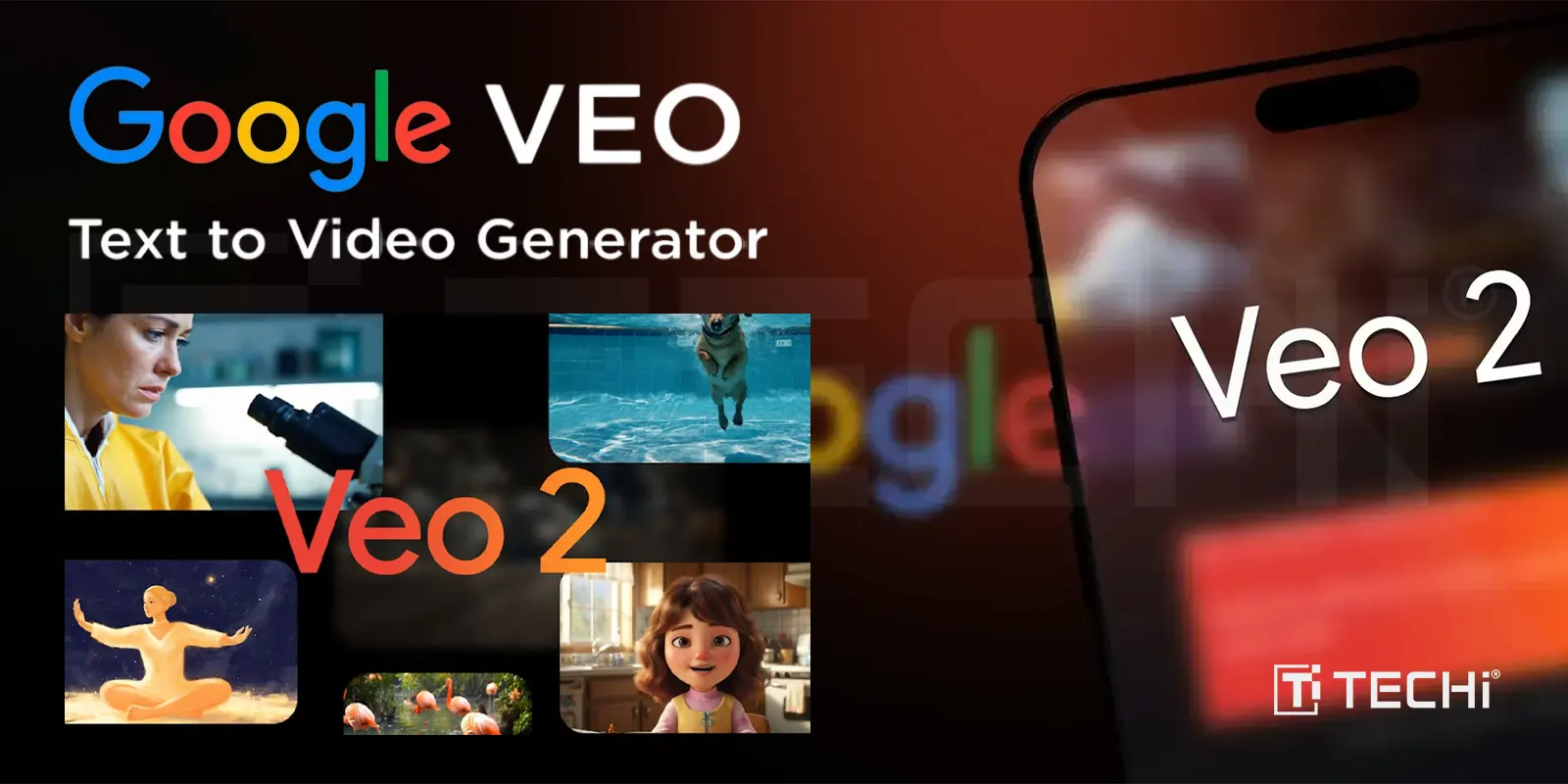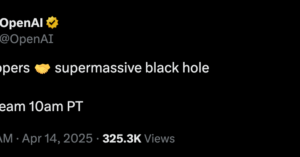Veo 2 Video Generator Unveiled for Gemini Advanced Subscribers

Google’s Veo 2 Video Generation AI Model
As generative media gains popularity, tech companies like OpenAI and Runway are rapidly developing synthetic video technologies that are reshaping the creative industries. Recently, Google has introduced its video generation model, Veo 2, into its Gemini Advanced platform. This subscription service costs $20 a month and showcases Google’s commitment to becoming a major player in the evolving world of generative video. This launch comes soon after Runway’s rollout of its fourth-generation video generator, supported by a $300 million funding boost.
Features of Veo 2
Starting from Tuesday, users who subscribe to Gemini Advanced can access Veo 2 from a model dropdown menu. The primary function of Veo 2 is to create brief video clips—up to eight seconds long—in 720p resolution with a 16:9 aspect ratio. Users can download these clips in MP4 format or share them directly on social media sites like YouTube and TikTok. Each generated video includes a watermark through Google’s SynthID technology to denote its AI-generated origin. It’s important to note that there are limitations on how many videos users can create each month, and currently, the service is not available to business and educational customers on the Workspace plan.
Combining Veo 2 with Whisk
Veo 2 is also integrated with another Google initiative called Whisk, which is an experimental image-to-image generator located within Google Labs. The feature known as Whisk Animate enables users to transform AI-generated images into eight-second videos using Veo 2. Similar to Veo 2, Whisk Animate requires a premium subscription under Google One.
While the current applications may appear basic, Google has ambitious plans for the future of Veo 2. Demis Hassabis, the CEO of Google DeepMind, has mentioned that they are looking to enhance Veo’s integration with existing Gemini models, aiming for advanced innovations in AI-driven comprehension of the physical world, extending beyond static images and text inputs.
The Impact and Concerns Surrounding AI Video Generation
The public release of Veo 2 contributes to the ongoing discourse in the field of synthetic media. However, it has raised concerns among creative professionals. The accessibility and improved capabilities of AI in video creation heighten the risk of disruption in various creative jobs. A recent study by the Animation Guild indicates that over 100,000 positions in film, television, and animation may be adversely affected by AI advancements by 2026.
While Google frames Veo 2 as a tool for enhancing creativity and storytelling, many artists view it as another step towards the automation of professions that rely heavily on human creativity and skill. Whether Veo 2 acts as a force for innovation or disruption—or potentially both—depends largely on its application and the individuals who gain access to it.




